Endangered Plants and Trees
All are listed as endangered
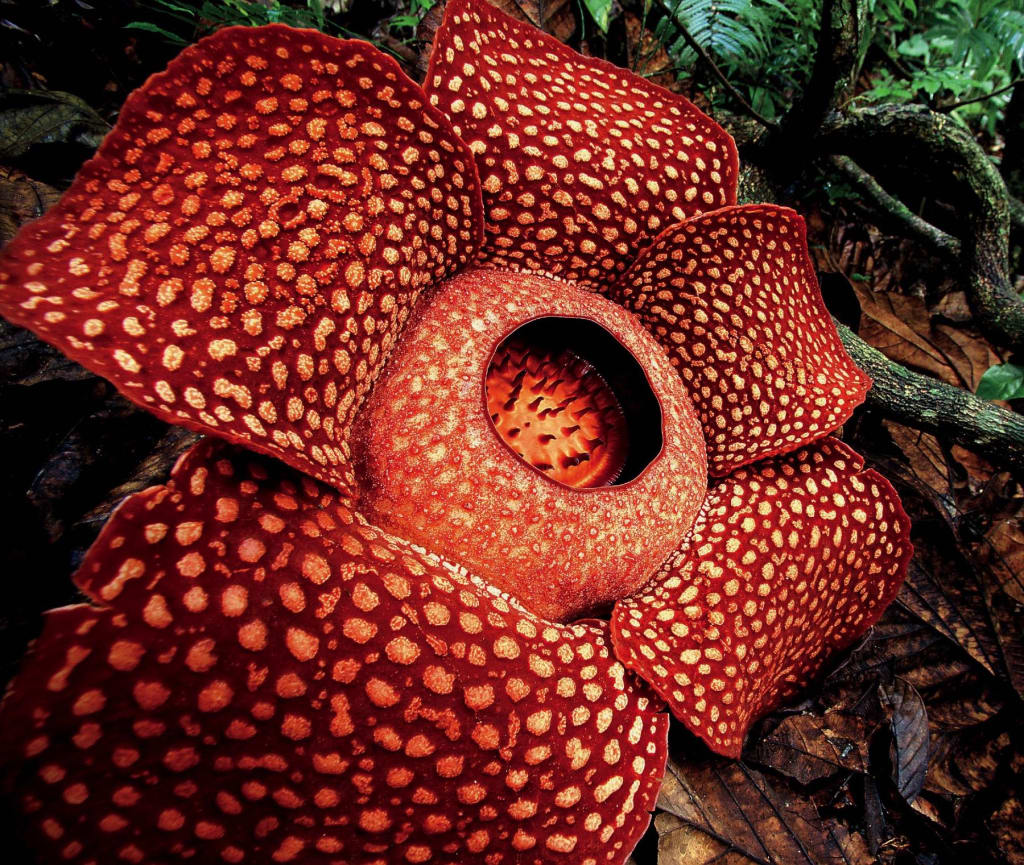
Plants
Rafflesia arnoldii is the largest flower in the world and is referred to as the Corpse Flower. It got its name from the repulsive odor emitted from the flower when it blooms. This smell attracts insects which are needed to pollinate the plant.
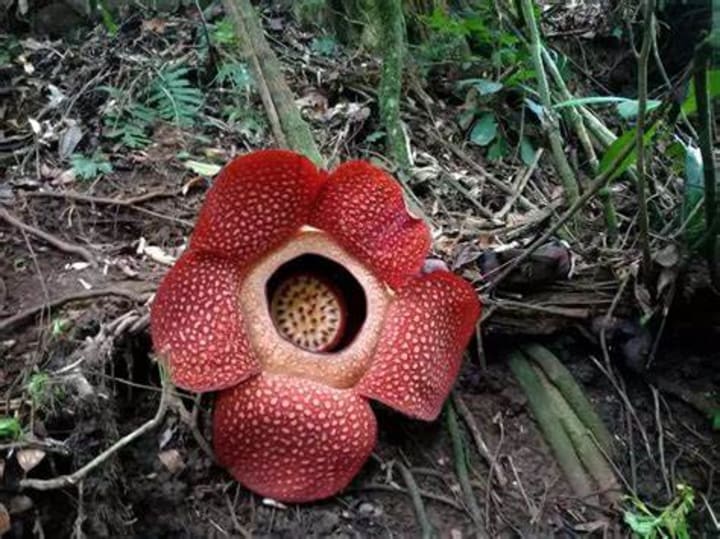
Rafflesia is a genus of flowering plants with 28 species with many endangered. Mostly the plants have limited opportunities to reproduce. The flowers bloom at night and start to decompose two to three days later. Therefore, both the male and female flowers must be open at the same time for pollination to occur and this happens rarely. These plants have no stems, leaves, or roots and exist through parasistism. The only visible part of this plant is the flower growing to a large size of up to 40 inches in diameter and can weigh up to 22 lbs.
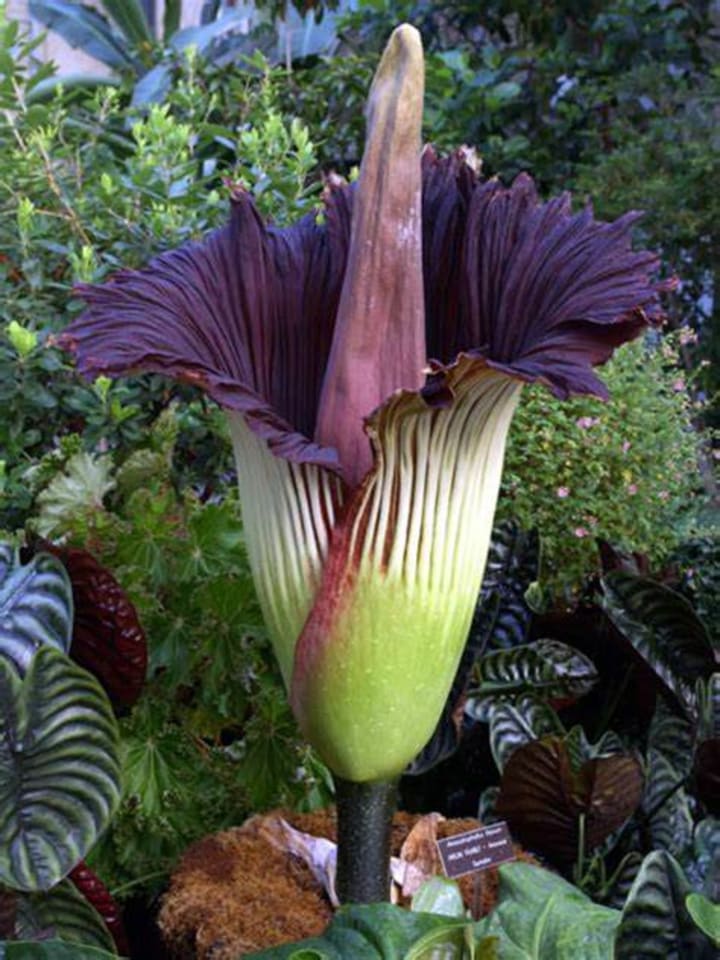
Titan Arum or Amorphophallus titanum is a flowering plant that produces the largest unbranched inflorescence (cluster of flowers arranged on a stem) in the world. This plant is native to the islands of Sumatra and western Java, where it is quite rare and endangered. The odor emitted from the flower is horrible closely resembling the Corpse Flower or Raffelsia arnoldii. The flower can reach over 10 feet in height. It takes this plant between 7 and 10 years before blooming for the first time and afterward might not bloom for another 7 years to 10 years. Once it blooms the plant will start to wilt within 12 hours. The female flowers are receptive to pollination at this time.
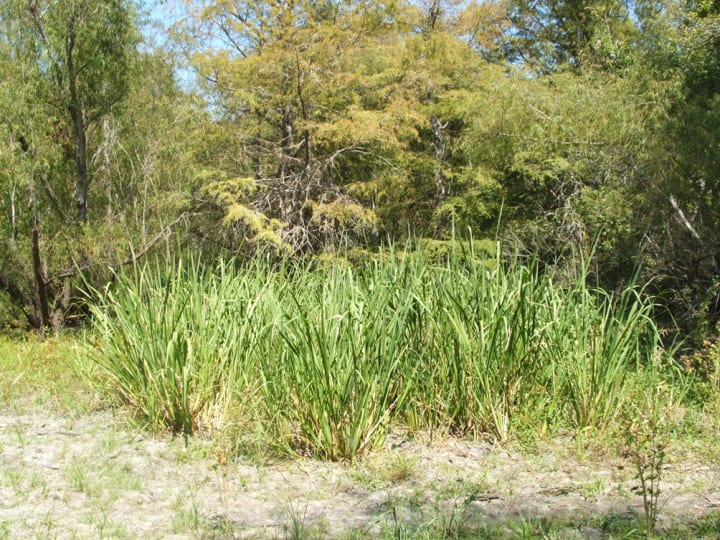
Texas Wild Rice or Zizania Texana is an incredibly rare species of grass. It is listed as Critically Imperiled and at risk. This plant is native to Texas found only on the upper San Marcos River. It has become endangered due to the loss and destruction of its habitat. Texas wild rice is a member of the same genus of wild rice sold in grocery stores. The plant is not good at reproduction relying on the wind to carry its pollen.
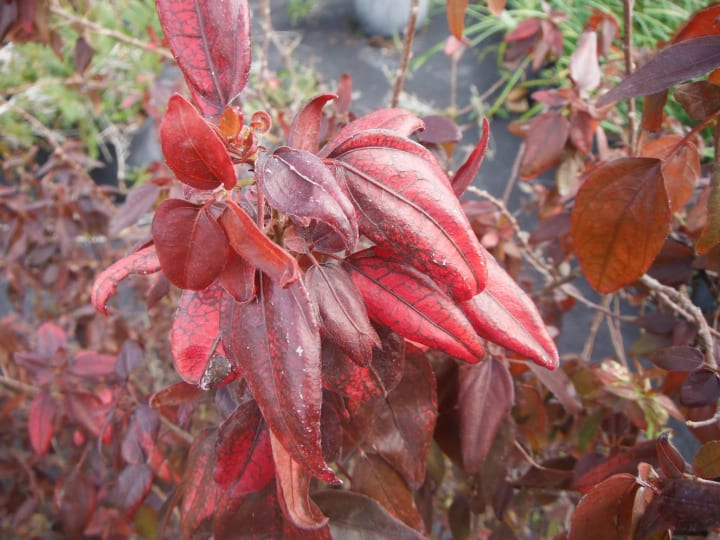
Wiggin's Acalypha is listed as Critically Endangered. It is native to the Galapagos Islands with its small habitat limited to the peak of Cerro Crocker which is the highest peak on the islands. Due to this the plant is threatened by human trampling and construction. Its largest known population was destroyed when a telecommunication antenna was built on top of Cerro Crocker in 2000.
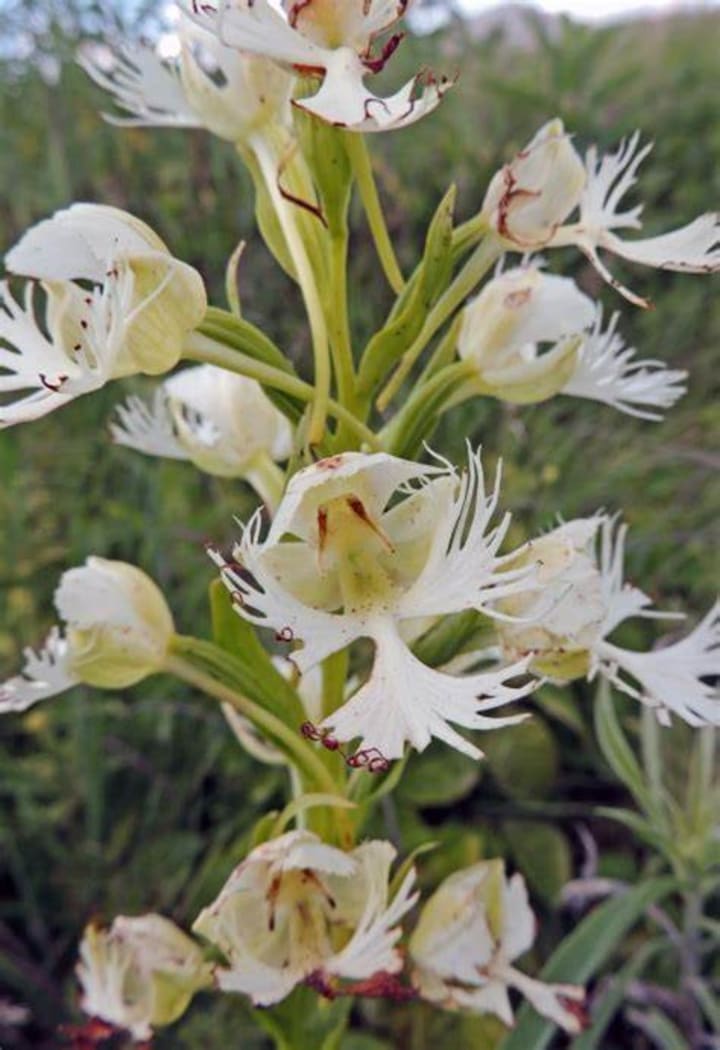
Western Prairie Fringed Orchid or Platanthera praeclara is found west of the Mississippi River in the western US. As of 2020 this flower could only be found in Iowa, Kansas, Manitoba, Minnesota, Missouri, Nebraska, and North Dakota and is listed as endangered. The main threat to the orchid is the transition of its native prairie to cropland.
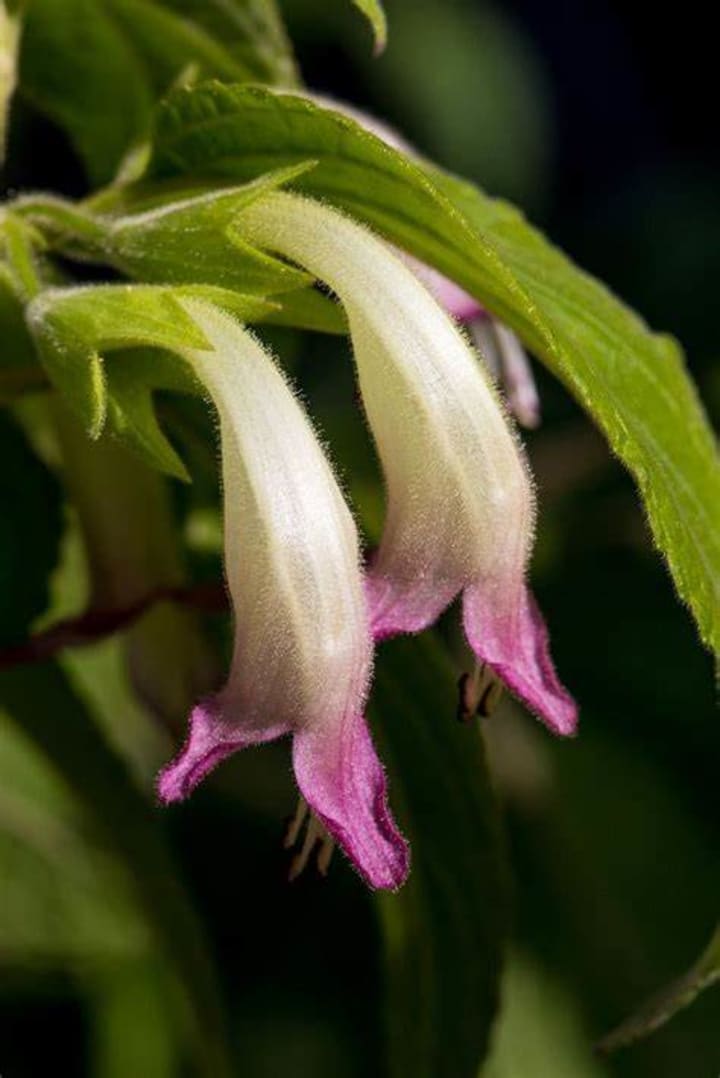
Oahu Stenogyne or Stenogyne kanehoana is a rare plant species of the mint family. It is found only in the Waianae Range on the island of Oahu in the US state of Hawaii. It is listed as endangered but might be near extinct when the last known plants died in 1996 but four years later six new plants were found.
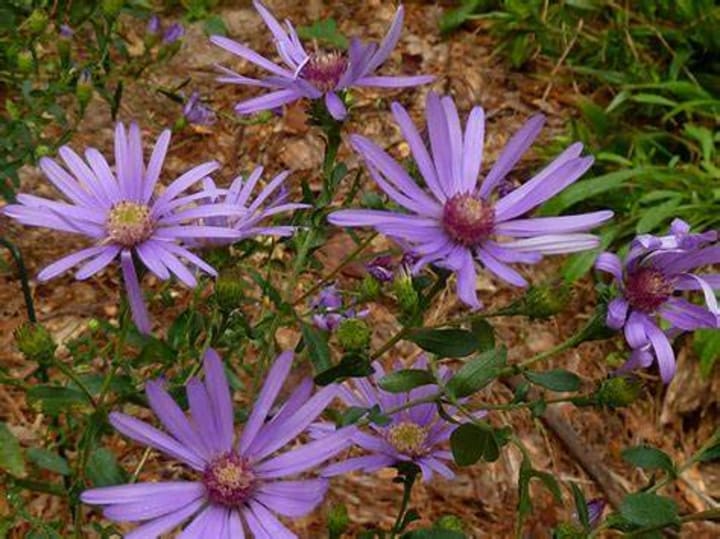
Georgia Aster or Symphyotrichum georgianum is a rare species of flowering plant that is found in the eastern US states of Alabama, Florida, Georgia, North Carolina, and South Carolina. These plants have been limited due to habitat destruction while other problems stem on large grazing animals.
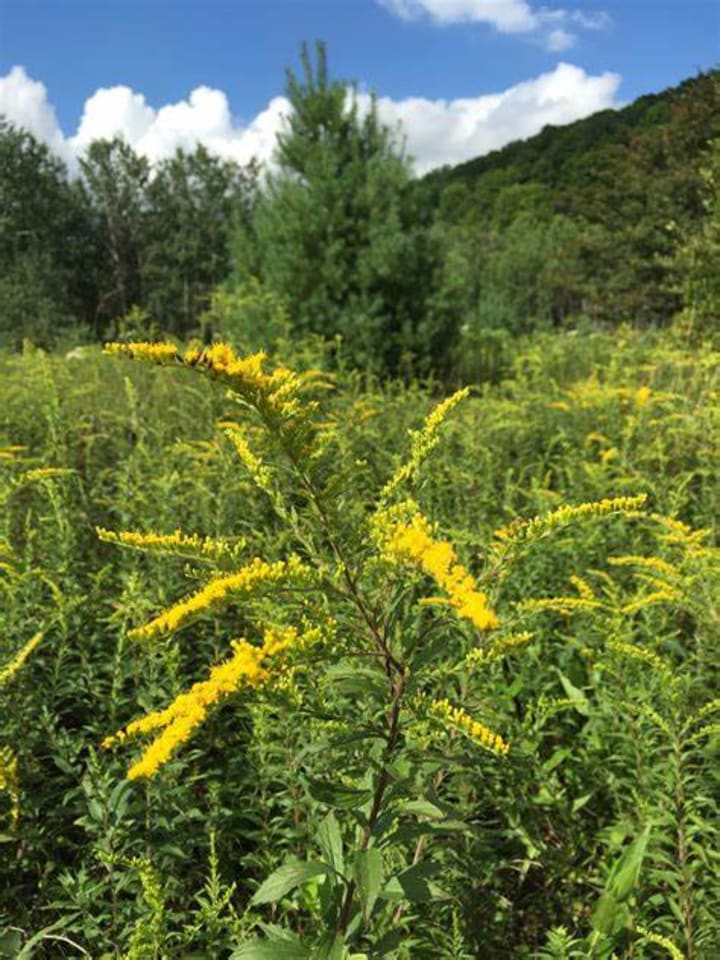
Ouachita Mountain Goldenrod or Solidago ousachitensis is found on a limited range in the Oauchita Mountains along the border of the US states of Arkansas and Oklahoma. The plant can only be found in the wet forest habitat found on the north-facing slopes of the mountains. It is threatened by its limited range and listed as Vulnerable.
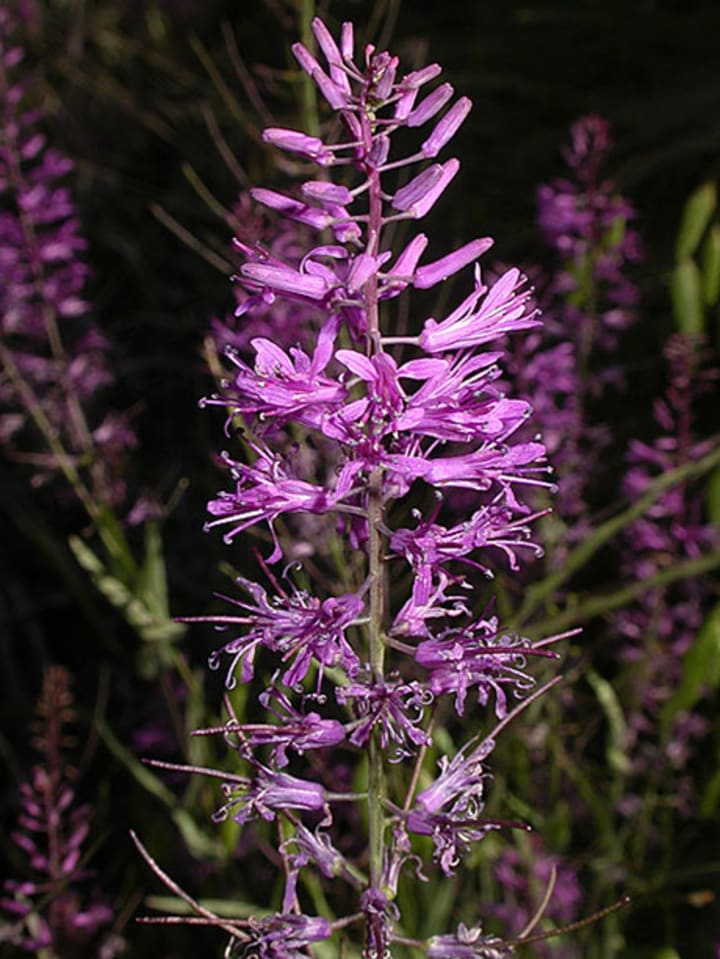
Howell's Thelypody or Thelypodium howellii is a rare plant found in a small area on the borders of the US states of Oregon, Nevada, and California. The plant's natural habitat has been converted to agricultural land as well as being threatened by invasive weeds.
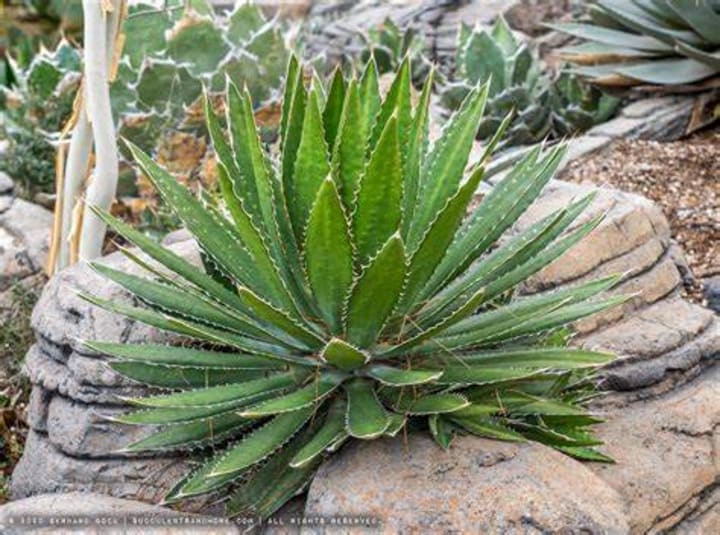
Arizona Agave or Agave x arizonica is a slow-growing species of agave. This is a rare hybrid that is found only in the US state of Arizona. It has been listed as endangered. The plant is threatened by illegal collection and grazing of cattle. Right now only about 100 plants are known to exist in the wild.
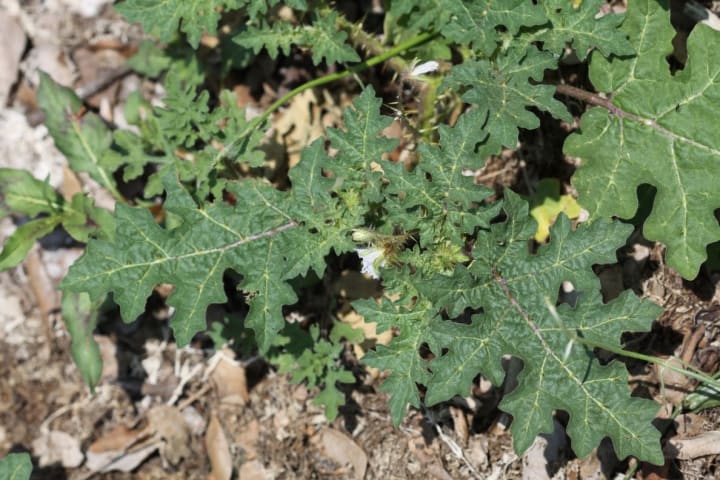
Enrubio or Solanum ensifolium is listed as Critically Endangered. This plant is native to Puerto Rico and faces extinction due to habitat loss. The last known location of the plant is an area around Las Tetas de Cayey in the southwestern part of the island in upland forests at elevations between 200 and 800 meters.
Trees
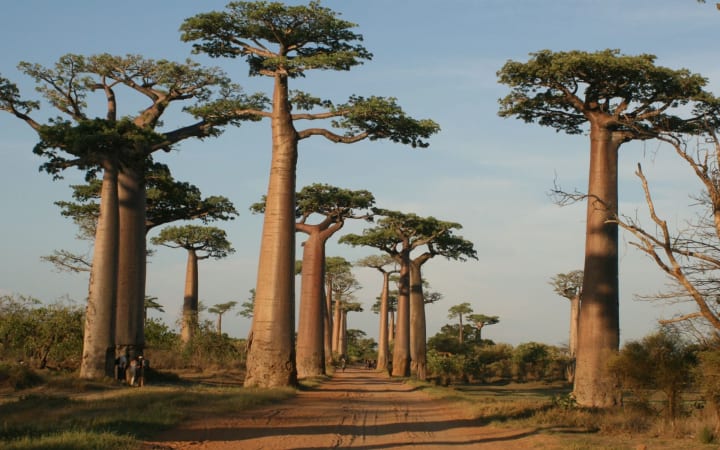
Grandidier's baobab is a tree native to Madagascar an island country in Africa. This tree is one of the largest species of baobab tree and is listed as Endangered. Baobab trees have large trunks which can store thousands of gallons of water helping them to get through the dry season. Unfortunately due to human colonization, they're becoming extinct with only six remaining. The reason is that the trees are exploited for their seeds, used to make cooking oil and supply Vitamin C.
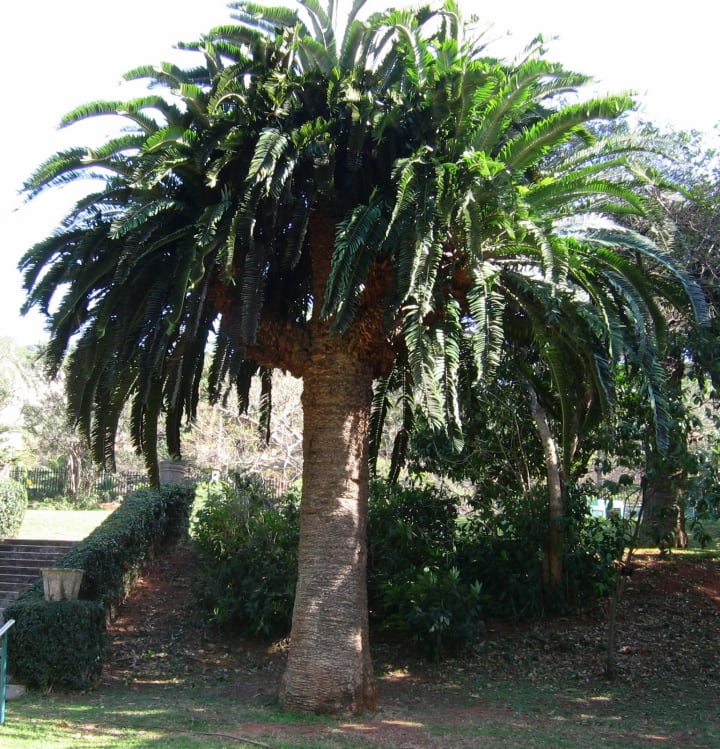
Wood's Cyad or Encephalatos woodii is a rare species of cyad and is endemic to the oNgoye Forest of KwaZulu-Natal in South Africa. It is one of the rarest plants in the world and is believed to be extinct in the wild. At present, Wood's cyad is found only in various botanical institutions in the world.
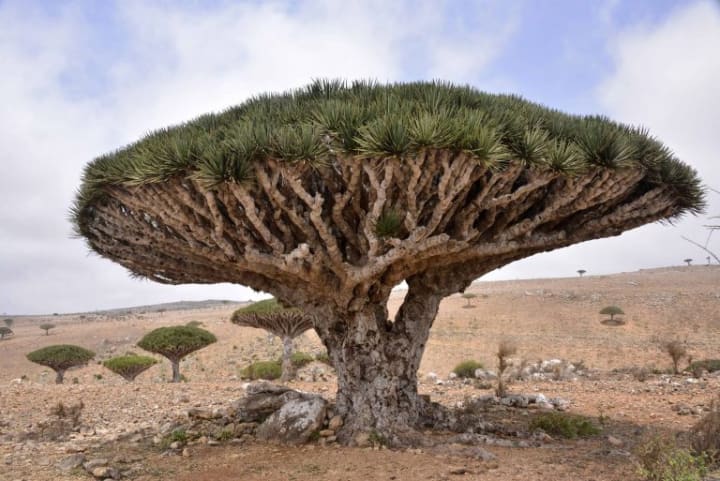
Dracaena draco is the scientific name for a subtropical tree known as the Dragon Tree. It is native to the Canary Islands, Cape Verde, Madiera, and Western Morocco. It has been introduced to the Azores. The tree has an incredible trunk that comes from an aerial root system emerging from the bases of the low branches and continuing down to the soil. The roots integrate with the trunk and help spread radial growth. These trees are listed as Vulnerable in the wild but thrive as cultivated ornamental trees in parks and gardens.
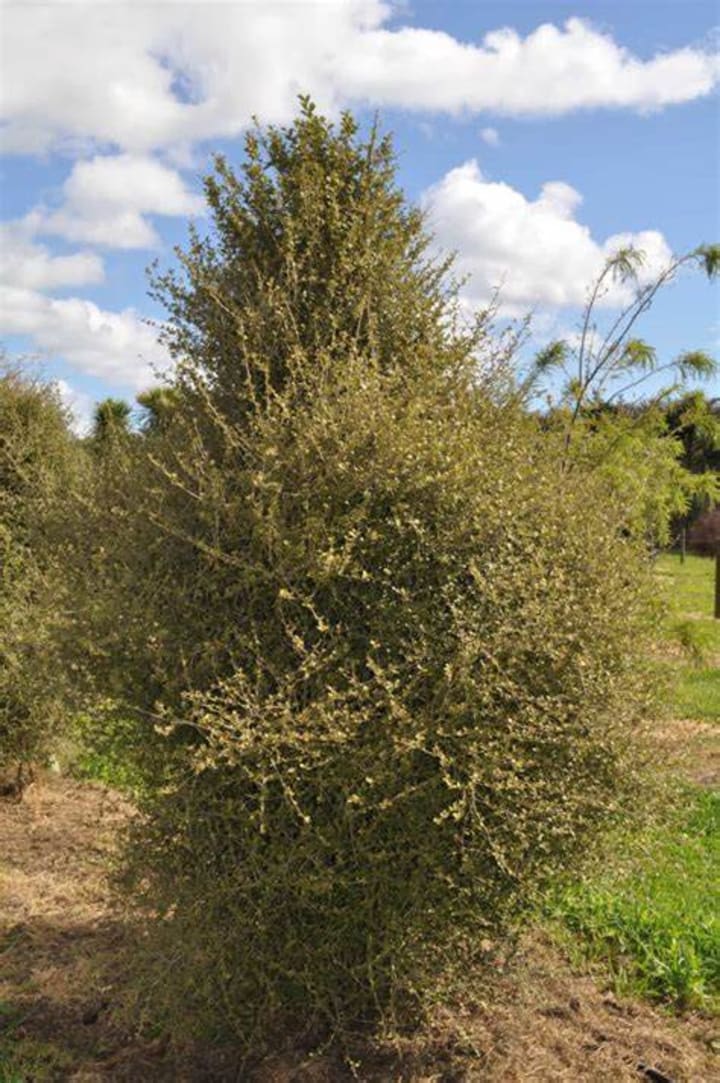
Three Kings kaikomako or Pennantia baylisiana is the rarest plant in the world. Only one plant is known to exist in the wild making it Critcally Endangered. The only known tree grows in the wild on a slope on the northern face of Great Island in the Three Kings group off Cape Reinga, New Zealand. Even though threated by habitat loss the species manages to survive by being planted elsewhere following a successful propagations of its seeds.
About the Creator
Rasma Raisters
My passions are writing and creating poetry. I write for several sites online and have four themed blogs on Wordpress. Please follow me on Twitter.


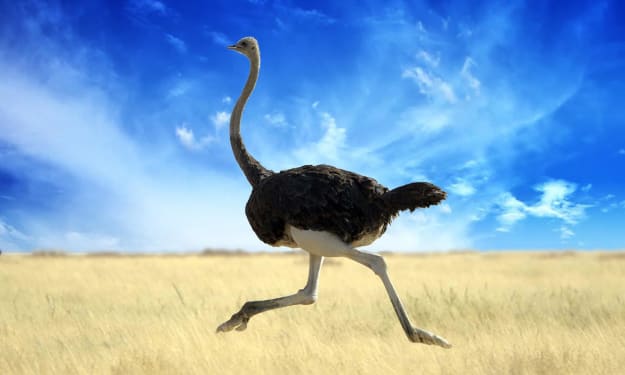



Comments
There are no comments for this story
Be the first to respond and start the conversation.